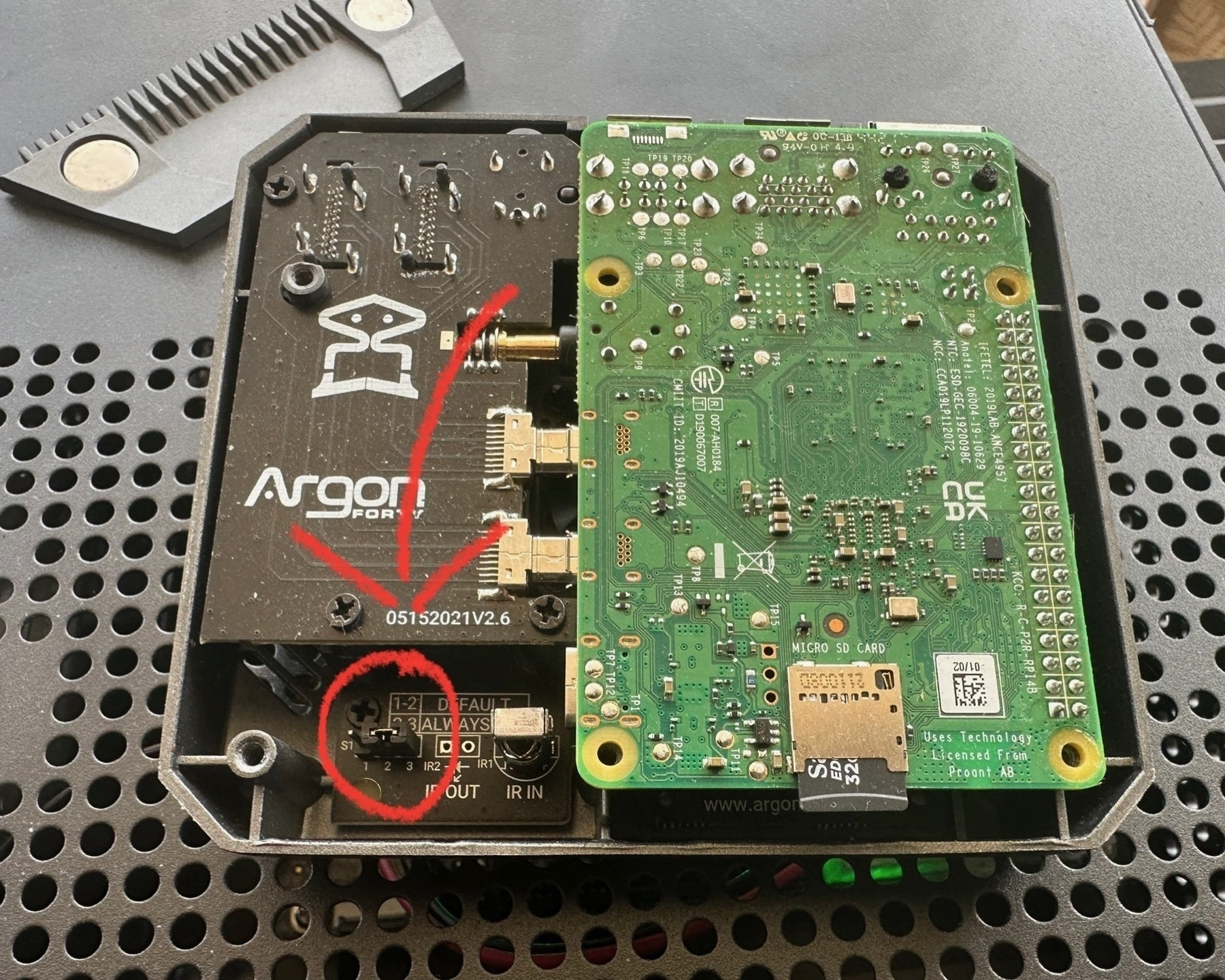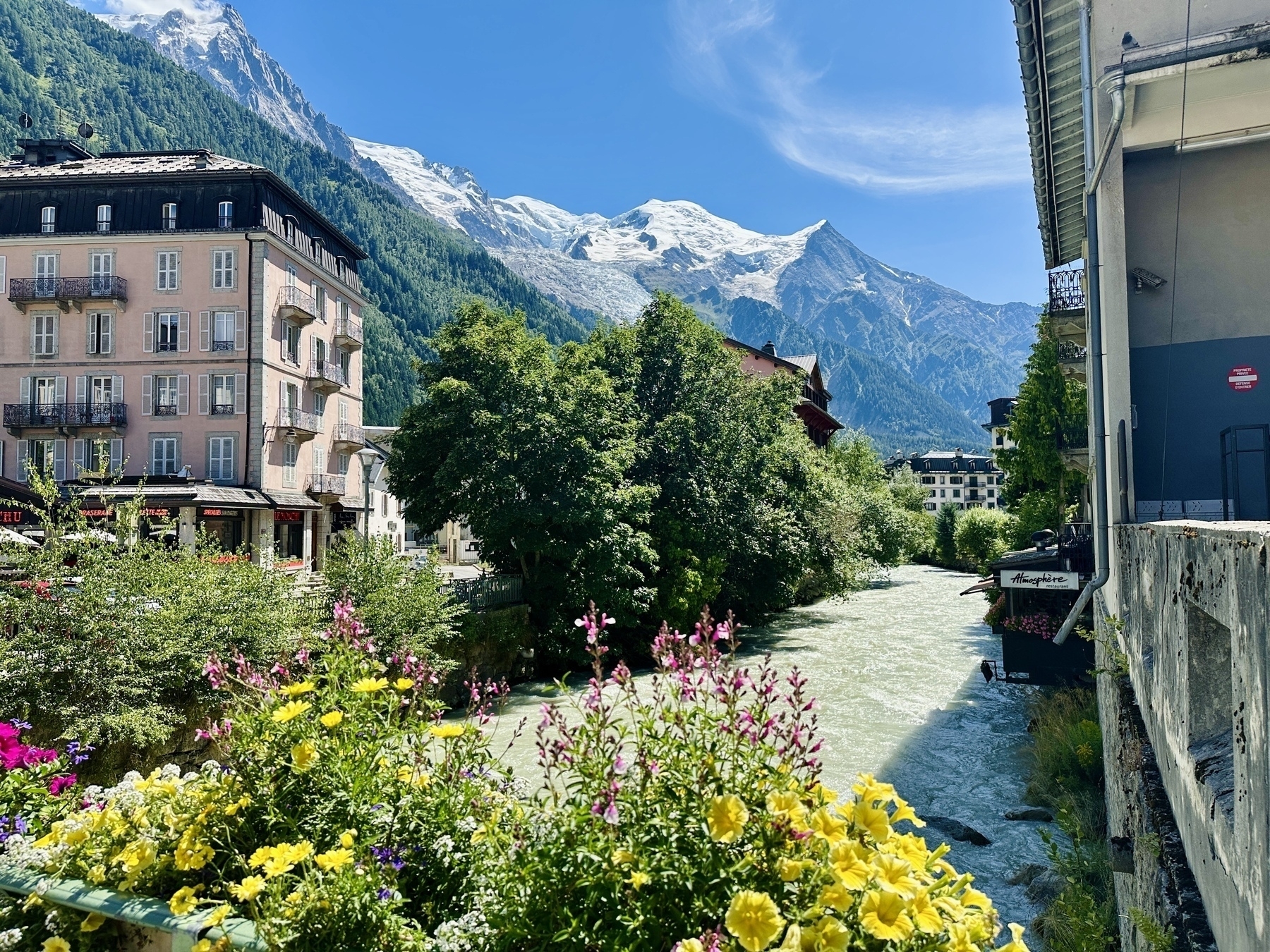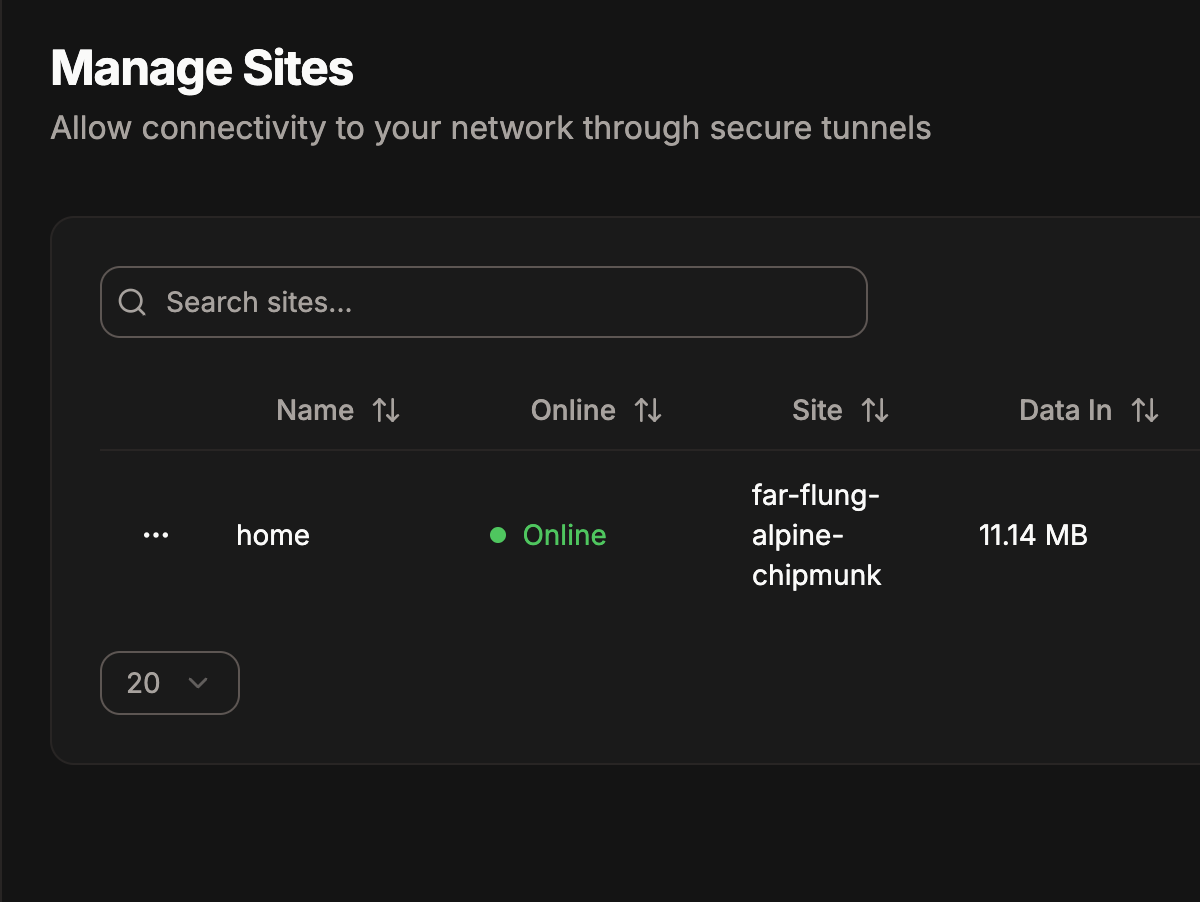Heading to Alpkit’s Big Shakeout Festival for the weekend.
Checking in with my homelab after leaving it for a month
How to set the Argon One NVME case to turn on Raspberry Pi when it receives power
We don’t get many power-cuts where I live but that doesn’t mean they never happen.
My monitoring apps are installed on a Raspberry Pi 4 which lives in an Argon One NVME case and by default it does not turn on when it receives power, you have to move the jumper pin.
The Jumper Pin
You can find the instructions for the jumper pin on pages 6 and 7 of the manual.
By default it connects pins 1 and 2 and this means you need to press the power button to turn on the Raspberry Pi.
To change it to turn on the Pi when it receives power you need to move it to pins 2 and 3.

Two weeks of rest and I’m recovered from my trip. Time to swap back to my nerd blog and do some computer stuff.
Geneva ✈️ Manchester

Completed the Tour du Mont Blanc!

Starting the Tour du Mont Blanc today, will be posting from my hiking blog but there will inevitably be a double post or two
Chamonix 🇫🇷




Manchester ✈️ Geneva

Setting off to the other side of the island for the weekend.
Only 9 hours to go.
Booked my flight to Switzerland to hike the Tour du Mont Blanc, so now I’m doing some last minute shopping for new gear and replacements of all the lost and broken things since my last week long trip.
Pangolin works on my IPv6 only Pi 🎉
I’ve got some tidying up to do, then it needs a write-up.

Pangolin on a Pi project progress
Most things in tech play out like that scene from Malcom in the Middle, where Hal’s trying to do one thing and then he needs to do another, and another, until he’s forgotten where he started.
Pangolin on a Pi started off as a quick little test that turned into a week long adventure.
Pangolin
Pangolin is an app that lets you tunnel into a private network, securely, from the outer internet. This means you can run your own apps and services at home and use Pangolin to let your friends and family connect to them.
Pushed my developer environment setup scripts repo up to GitHub.
As mentioned in the readme:
This is what works for me. I don’t expect or encourage anyone else to use them.
Planning on writing a few posts about it, so more details on it soon.
This week’s aim is to find a better balance 🧘
Why would you want a NAS?
Some thoughts to help you work out if you want a NAS.
What’s a NAS?
NAS stands for Network Attached Storage, which means you can connect to storage on another computer in your network.
It’s like Dropbox, Google Drive or iCloud except it’s your computer and not theirs.
Talos defaults to adding the node.kubernetes.io/exclude-from-external-load-balancers= label to all control plane nodes, which are all I’m using in my Turing Pi, so that meant none of them were in the MetalLB VIP and is why I couldn’t connect to them.
I wish I knew this two hours ago.
